Writing Teaching Resources
Teaching writing strategies and the writing process this school year? Explore a comprehensive collection of teacher resources for primary English teachers — all created by teachers!
Stocked with graphic organisers, writing prompts, templates, worksheets and so much more, this collection of printable and digital activities is designed to help you as you help your students become more effective communicators and unleash their creativity and imagination.
Save time on lesson planning with resources that are aligned with the Australian curriculum (including version 9!) and have been through a careful review process by an expert member of our teacher team to ensure they're ready for your classroom and your students!
Are you looking for tips and tricks to add to your teacher toolkit this school year? Read on for a primer from our teacher team, including engaging activities for teaching writing inprimary school and a look at some of the different writing strategies your students will need to learn.
11 Writing Strategies Kids Should Know by the End of Primary School
We can't talk about teaching kids to write without talking about the different writing strategies that can help them do just that!
When it comes to teaching our students to become confident writers who articulate their ideas effectively, here are some of the strategies our teacher team prioritises:
1. Brainstorming
Brainstorming is something we often do in the classroom, and it's a crucial part of learning to generate the ideas that will drive students' writing as they progress through their educational journey. Kids should know how to create a list of potential topics or points related to a particular writing assignment.
With younger students, this is often done as a whole group by writing ideas and points on chart paper. In upper years, students transition over to using text-based materials to generate ideas and talking points.
2. Outlining
Before diving directly into any assignment, our students should be able to create a structured framework or outline. Teaching students how to create this outline will help them organise their thoughts and arguments for penning their essays, reports and research papers.

3. Using Graphic Organisers
Technically graphic organisers are classroom tools, so you may not think of their use as a writing strategy per se. However, learning to use these tools is another means of providing kids with the tools they need to organize their ideas and information before they sit down to write.
These organisers are particularly useful for expository writing — students can use them to outline main ideas, supporting details, and transitions.
Students can also take advantage of story maps when they are working on narrative writing to plot the key elements of a story, such as characters, setting, conflict, rising action, climax and resolution.
Graphic organisers such as the OREO strategy and hamburger paragraph are also great tools for students to use when working with opinion and persuasive texts.
4. Freewriting
Writer's block is the enemy of creativity, and it can easily frustrate young students who don't know where to begin.
When students freewrite, they write continuously without worrying about grammar or punctuation. This writing strategy can be extremely freeing — hence the name! — and helps frustrated writers move past that writer's block, generating fresh ideas.

5. Peer Editing
Learning to review and provide constructive feedback on each other's work is a great writing strategy to employ in your classroom to help students improve their writing quality and enhance their editing skills.
The strategy allows your students to learn from one another, and it arms them with an important tool they can use well into the future — calling on peers to provide a critical eye to a piece of writing.
6. Using Sensory Language
Working on descriptive writing? With this writing strategy, students engage the reader's senses through vivid and sensory language to create a more immersive experience.
7. Including Transitions and Connectives
As students become more proficient in the writing process, learning to use transitional words and phrases allows them to create smooth transitions between sentences and paragraphs. This strategy makes their writing more coherent and polished.
8. Incorporating Evidence
In persuasive, opinion and expository writing, students are taught to support their claims with evidence and examples to strengthen their arguments.
It takes some practice to train your students to use evidence in their writing, so it's often a good idea to start with something simple, like the R.A.C.E.S. strategy.
9. Crafting a Thesis Statement
In expository, opinion and persuasive writing, crafting clear and concise thesis statements that summarise the main point or argument of their essay helps students be more focused and organised in their writing.
This strategy can also have the effect of empowering students to express their ideas confidently and persuasively.
10. Incorporating Introductions and Conclusions
With this strategy, students practice crafting effective introductions and conclusions that grab the reader's attention and leave a lasting impression.
11. Following a Revision Checklist
Teaching your students to use a revision checklist is a strategy that will help them be more self-reflective, evaluating their own writing against the checklist criteria and becoming more aware of their strengths and weaknesses.

- Plus Plan
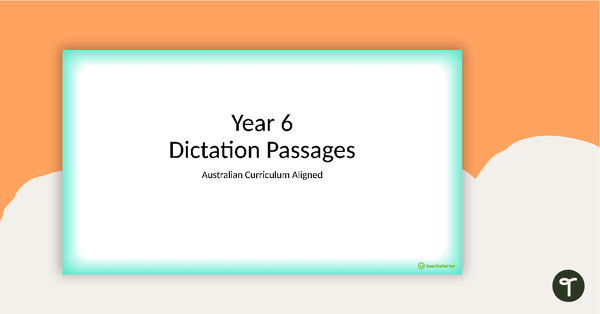
Year 6 Dictation Passages PowerPoint
Use this set of Year 6 dictation passages to promote listening and transcription skills in your students.
- Plus Plan
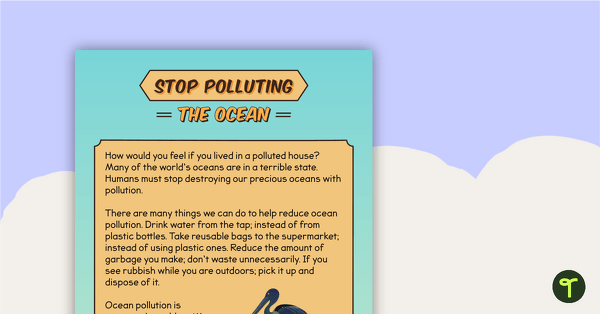
Sequencing Activity - Stop Polluting The Ocean (Persuasive Text) - Simplified Version
A sequencing task using a simple persuasive text.
- Plus Plan
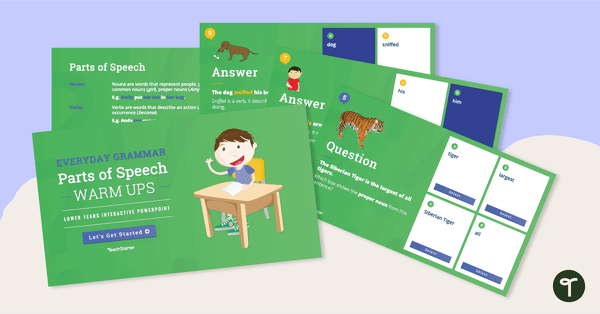
Everyday Grammar Parts of Speech Warm Ups - Lower Years Interactive PowerPoint
Review nouns, verbs, adjectives and adverbs with this 44-slide interactive PowerPoint lesson.
- Plus Plan
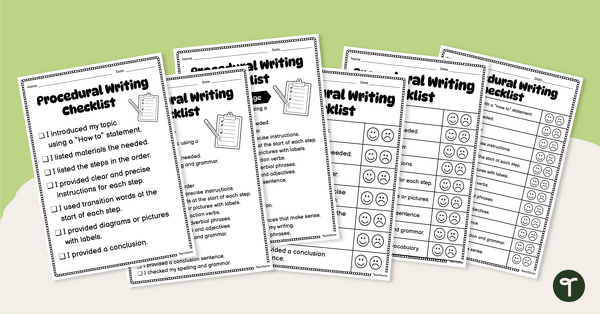
Procedural Writing Checklists
Use these procedural writing checklists when teaching your students how to editing their procedure texts.
- Plus Plan
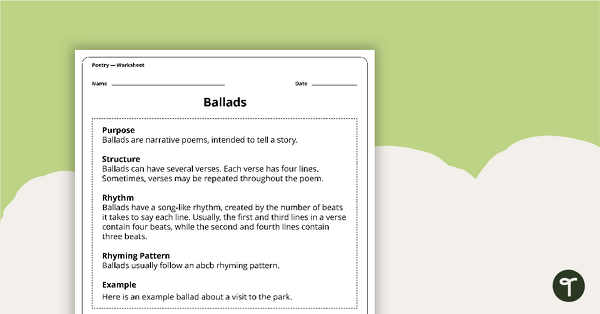
Write a Ballad Worksheet
Set your students up for success when writing a ballad with this set of scaffolded, easy-to-follow worksheets.
- Plus Plan
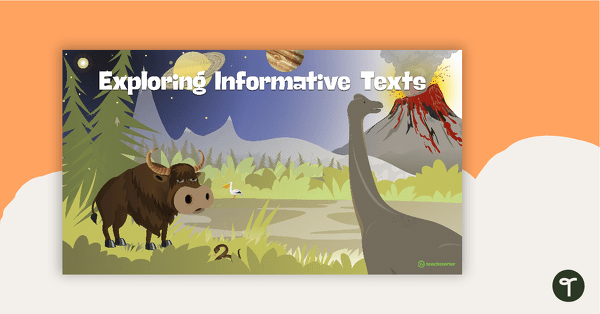
Exploring Information Reports Teaching Slides
Teach your students how to write an information report using this detailed slideshow targeted at lower primary school students.
- Plus Plan
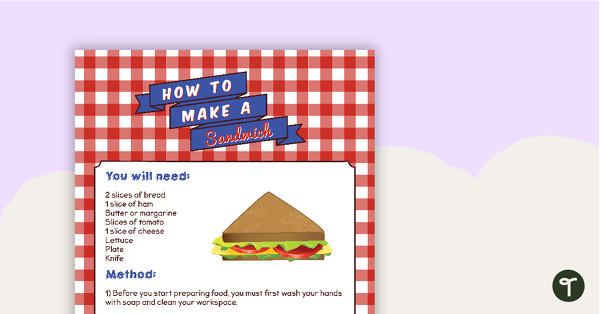
How To Make A Sandwich – Procedural Writing Activity
Get your students writing a procedure for their favourite sandwich with this example procedure text and writing scaffold.
- Plus Plan
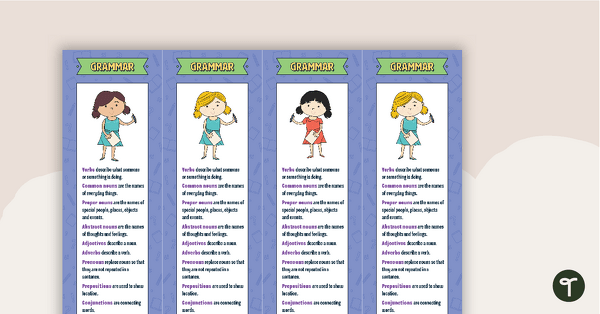
Grammar and Punctuation Checklist Bookmarks
Use these grammar and punctuation checklist bookmarks to support your students in editing their writing.
- Plus Plan

Introduction to Narrative Features PowerPoint - Year 3 and Year 4
A 23 slide editable PowerPoint template to use when teaching your students about the features of narrative texts.
- Plus Plan
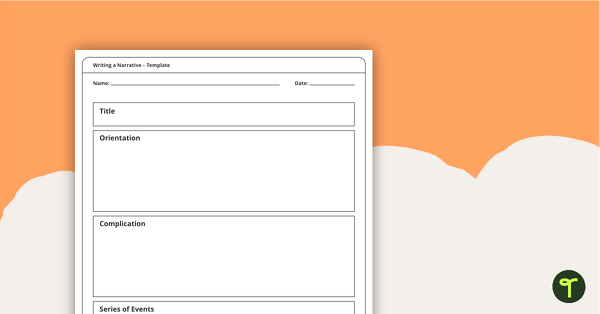
Writing a Narrative – Template
A template for students to use when planning a narrative text.
- Plus Plan
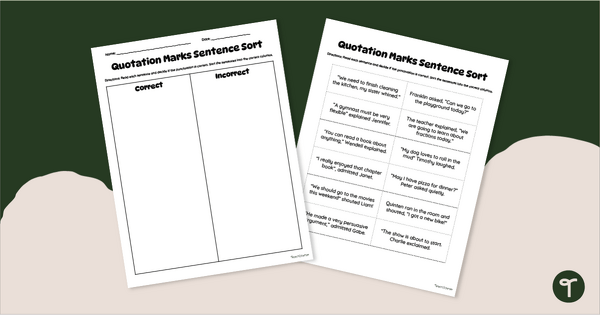
Quotation Mark Sorting Worksheet
Sort examples of correct and incorrect dialogue punctuation with a cut-and-paste quotation marks worksheet.
- Plus Plan
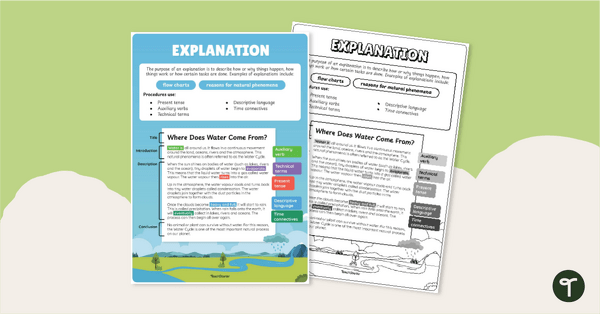
Explanation Text Type Poster With Annotations
Display this explanation text with annotations to help students identify the structure of an explanation.
- Plus Plan
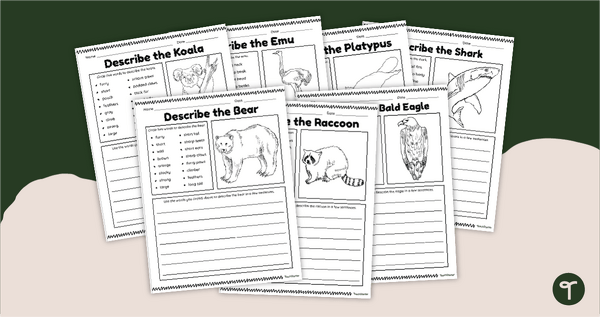
Animal Adaptations - Informative Writing Prompt Worksheets
Write to describe animals and their adaptations with a printable pack of informative writing worksheets.
- Plus Plan
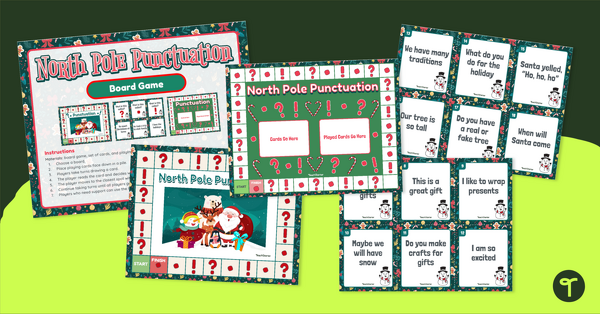
Christmas Board Game - Ending Punctuation
Engage students by having them play a Christmas board game, refining the ability to use correct punctuation at the end of sentences.
- Plus Plan
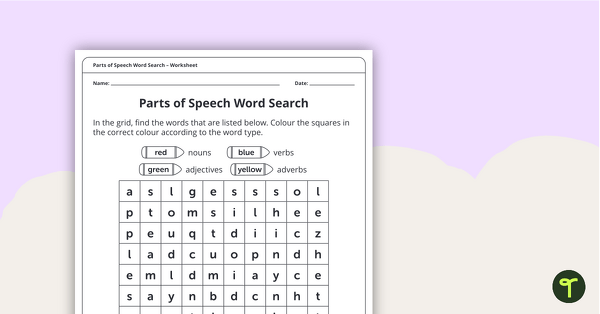
Parts of Speech Word Search (Nouns, Adjectives, Verbs and Adverbs) – Worksheet
A word search where students find and categorise nouns, adjectives, verbs and adverbs.
- Plus Plan
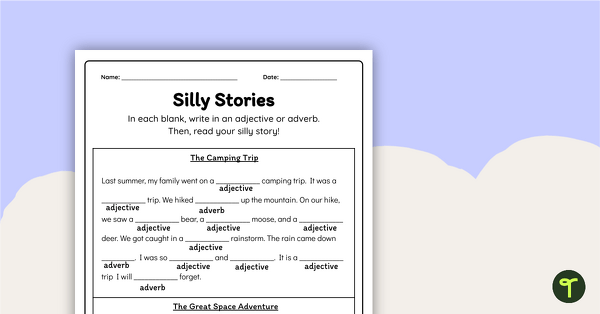
Adjectives and Adverbs Worksheets (Silly Stories)
Have fun with your students creating silly stories together while teaching and learning about parts of speech (adverbs and adjectives)!
- Plus Plan
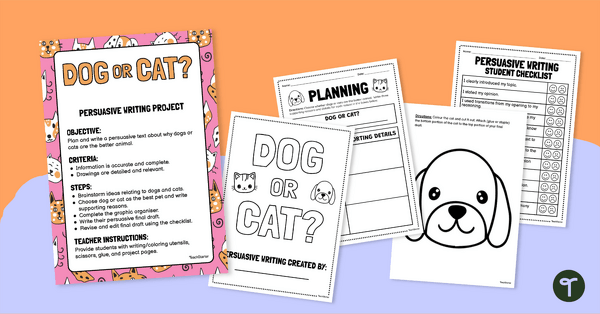
Dog or Cat? Persuasive Writing Project
Help students plan out persuasive writing with this very common argument, which is best dogs or cats?
- Plus Plan
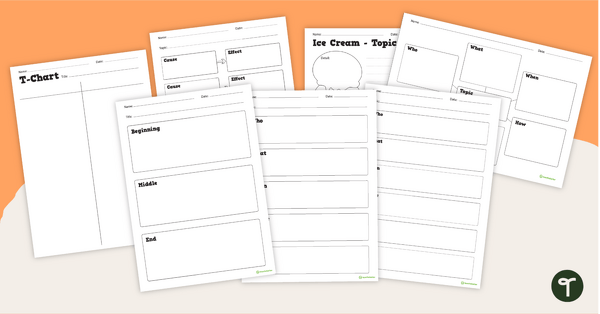
Printable Graphic Organiser Worksheets
A collection of 14 different blank graphic organisers to use in a variety of ways in all subject areas.
- Plus Plan
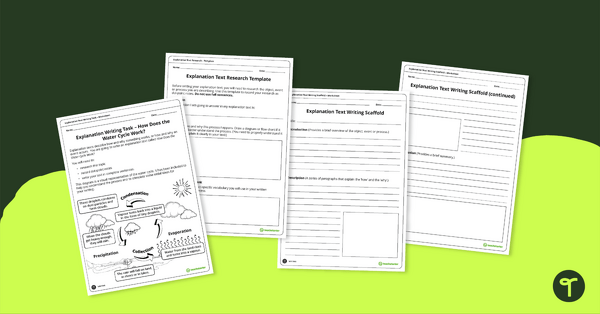
Explanation Text Writing Task – How Does the Water Cycle Work?
A scaffolded writing task for students to complete when learning about the explanation text type.
- Plus Plan
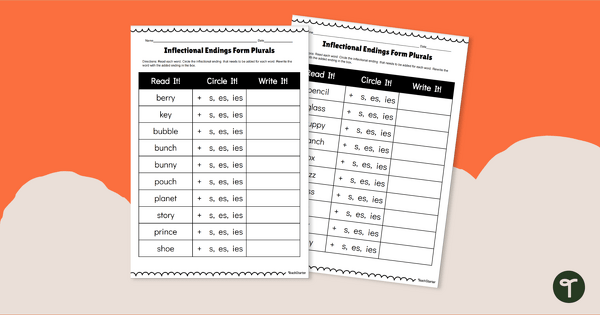
Spelling Words with -s, -es, and -ies Worksheets
Practise using the inflectional endings -s, -es, and -ies with a pack of printable spelling worksheets.
- Plus Plan
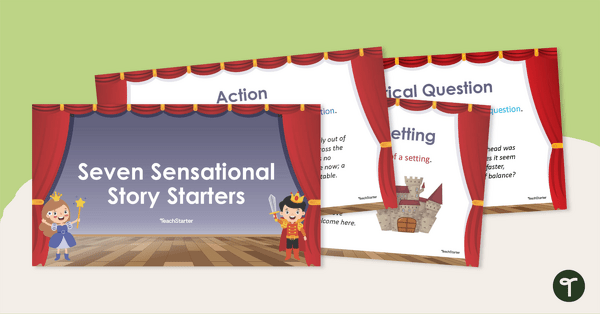
Seven Sensational Story Starters PowerPoint
Inspire creative and catching narrative story starters with this story starters set of teaching slides.
- Plus Plan
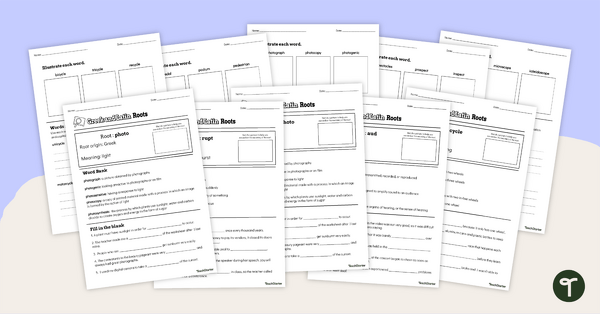
Greek and Latin Roots Worksheet Set
Practise using vocabulary containing Greek roots and Latin roots with these weekly root word worksheets.
- Plus Plan
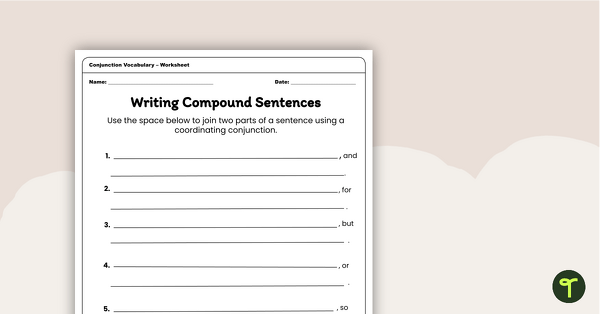
Writing Compound Sentences with Conjunctions Worksheet
Assign this worksheet to allow students to practise using coordinating conjunctions to create compound sentences.
- Plus Plan
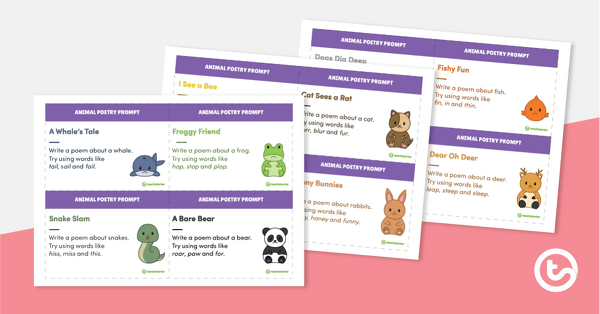
Animal Poetry Task Cards
Get your students writing simple animal poetry with this set of 12 poetry prompt task cards.
- Plus Plan
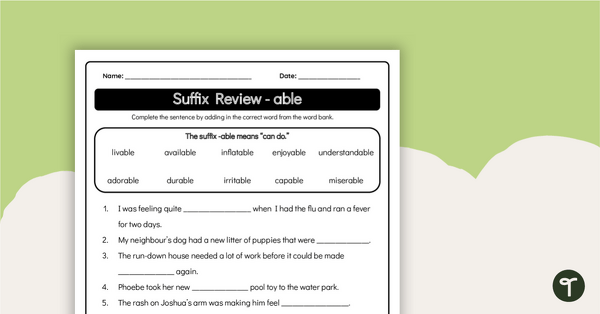
Suffix -Able - Grammar Worksheet
Transform your students’ vocabulary skills with our skill-building English worksheets, featuring the powerful “-able” suffix
- Plus Plan
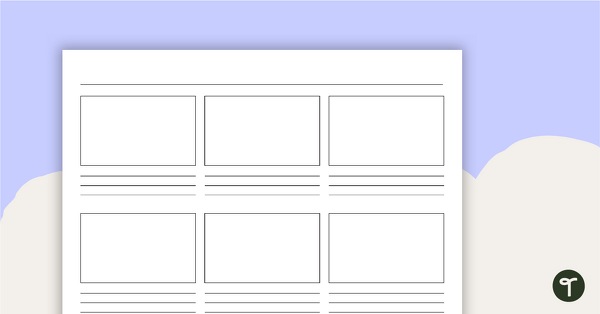
Story Boarding Template
A template for use when constructing story boards.
- Plus Plan
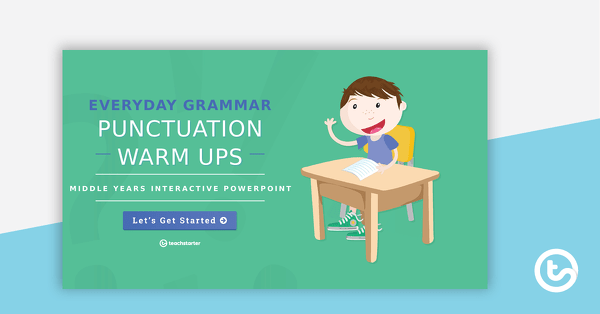
Everyday Grammar Punctuation Warm Ups - Middle Years Interactive PowerPoint
An engaging 44 slide interactive PowerPoint to use in the middle years classroom when learning about grammar and punctuation.
- Plus Plan
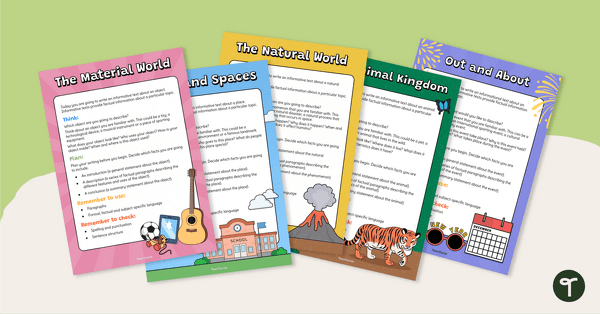
5 Information Report Writing Prompts
Use this set of 5 writing prompts to assess your students’ informative writing skills.
- Plus Plan
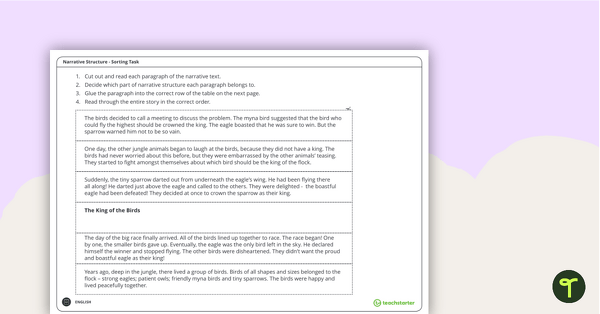
Narrative Structure Sorting Task
A sorting task to help students learn about narrative structure.
- Plus Plan
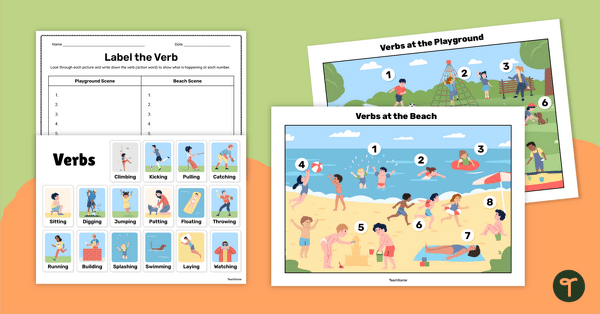
Verbs in Pictures Activity
Explore verbs in action using these scenes at the playground and beach.
- Plus Plan
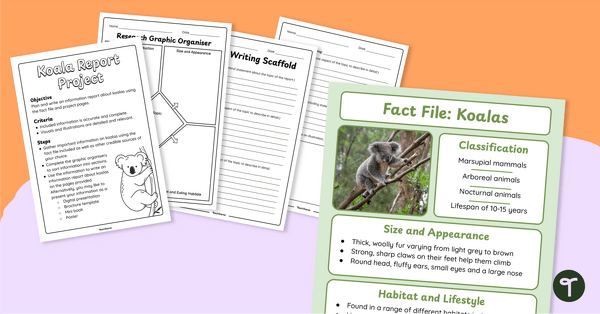
Koala Information Report – Writing Project
Get your students writing a koala information report using this age-appropriate fact file and writing scaffold.
- Plus Plan
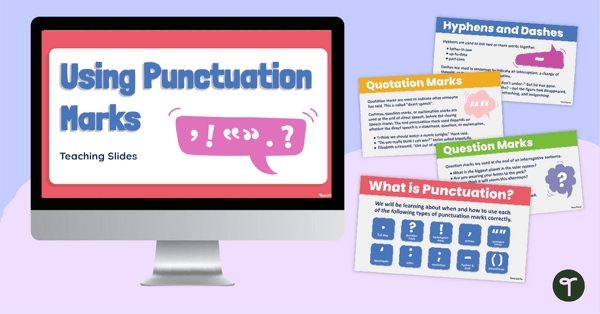
Using Punctuation Marks PowerPoint
Teach the correct usage of punctuation marks with an interactive Punctuation PowerPoint for upper years students.
- Writing Worksheets
- Writing Templates
- Writing Games
- Writing Posters
- Writing Teaching Presentations
- Writing Labels, Signs & Decorations
- Writing Word Walls
- Writing Projects
- Writing for Preschool/Kindergarten
- Writing for Foundation Year
- Writing for Year 1
- Writing for Year 2
- Writing for Year 3
- Writing for Year 4
- Writing for Year 5
- Writing for Year 6
- Writing for Year 7